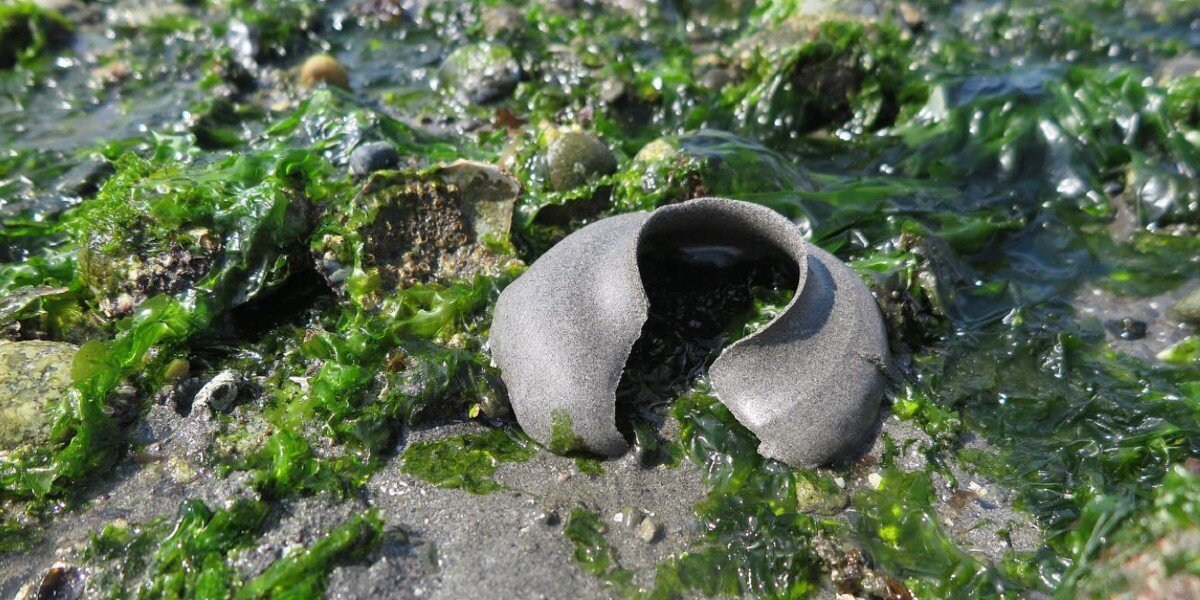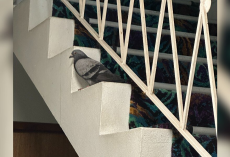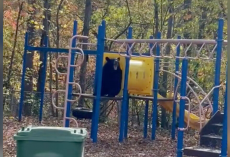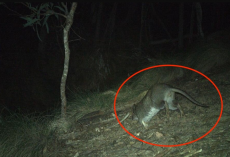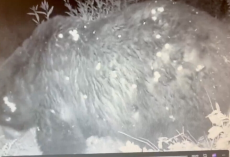If you ever stumble across what looks like a strange gray “plunger” washed up on the sand, you might be tempted to toss it in the trash. After all, it looks nothing like something that belongs on a beach.

But before you do — take a closer look.
That odd, rubbery ring isn’t litter at all. It’s alive.
These mysterious shapes are actually moon snail egg casings, and inside each one are thousands of tiny developing baby snails.
Moon snails are large sea mollusks found around the world. By day, they burrow under the sand; by night, they come out to hunt.
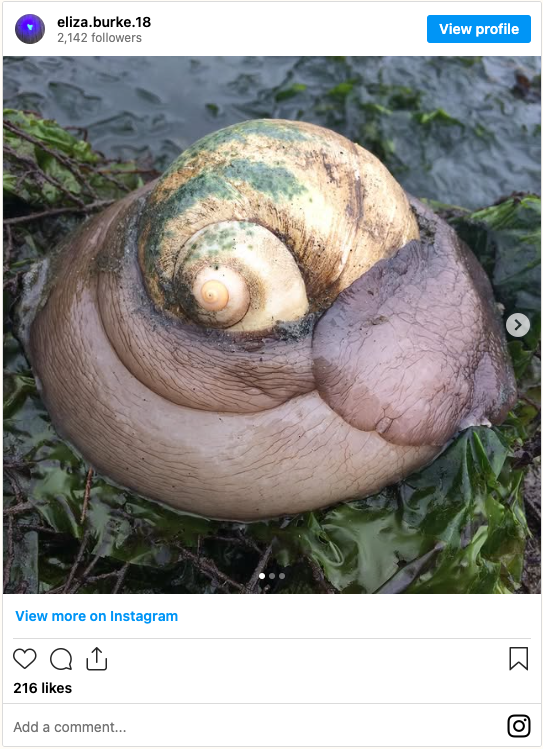
But during spring and summer, the females turn from predators into devoted mothers — and the way they lay their eggs is nothing short of ingenious.
Instead of gluing their eggs to rocks like most snails, moon snails create what’s known as a sand collar. To make one, the mother snail burrows beneath the sand, releasing her eggs along with a sticky mucus that binds sand grains together on both sides.
The result, as nature educator Rachael Tancock describes it, is “a sand-egg sandwich” — a protective, crescent-shaped casing that looks like something man-made.
Once the moon snail is done laying her eggs, what’s left behind is a structure known as a sand collar, named after its resemblance to an old-fashioned removable collar.

Over the next few weeks, thousands of baby snails quietly grow inside. When they finally hatch, they drift into the water to begin their new lives — and the once-solid collar simply dissolves back into the sea.
A common misconception is that the sand collars are what’s left behind after the eggs hatch. But if the collar is still intact, the eggs are still inside.
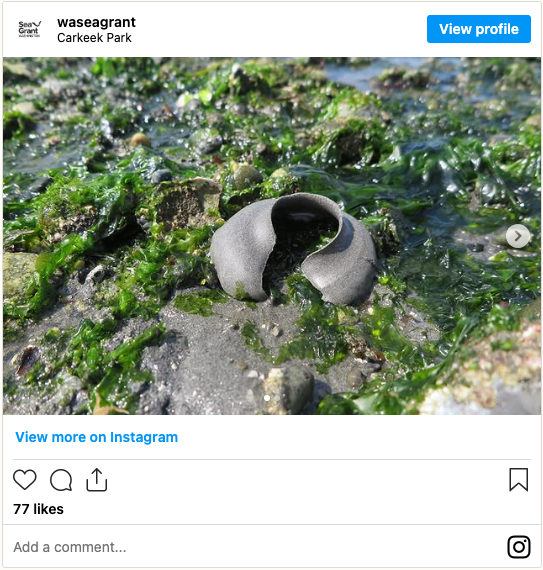
So if you ever spot what looks like a broken plunger or a gray gasket on the shoreline, don’t throw it away. It might be the nursery of an entire new generation of moon snails.
“Keep them at the beach,” Tancock said. “That way, more moon snails can grow.”

